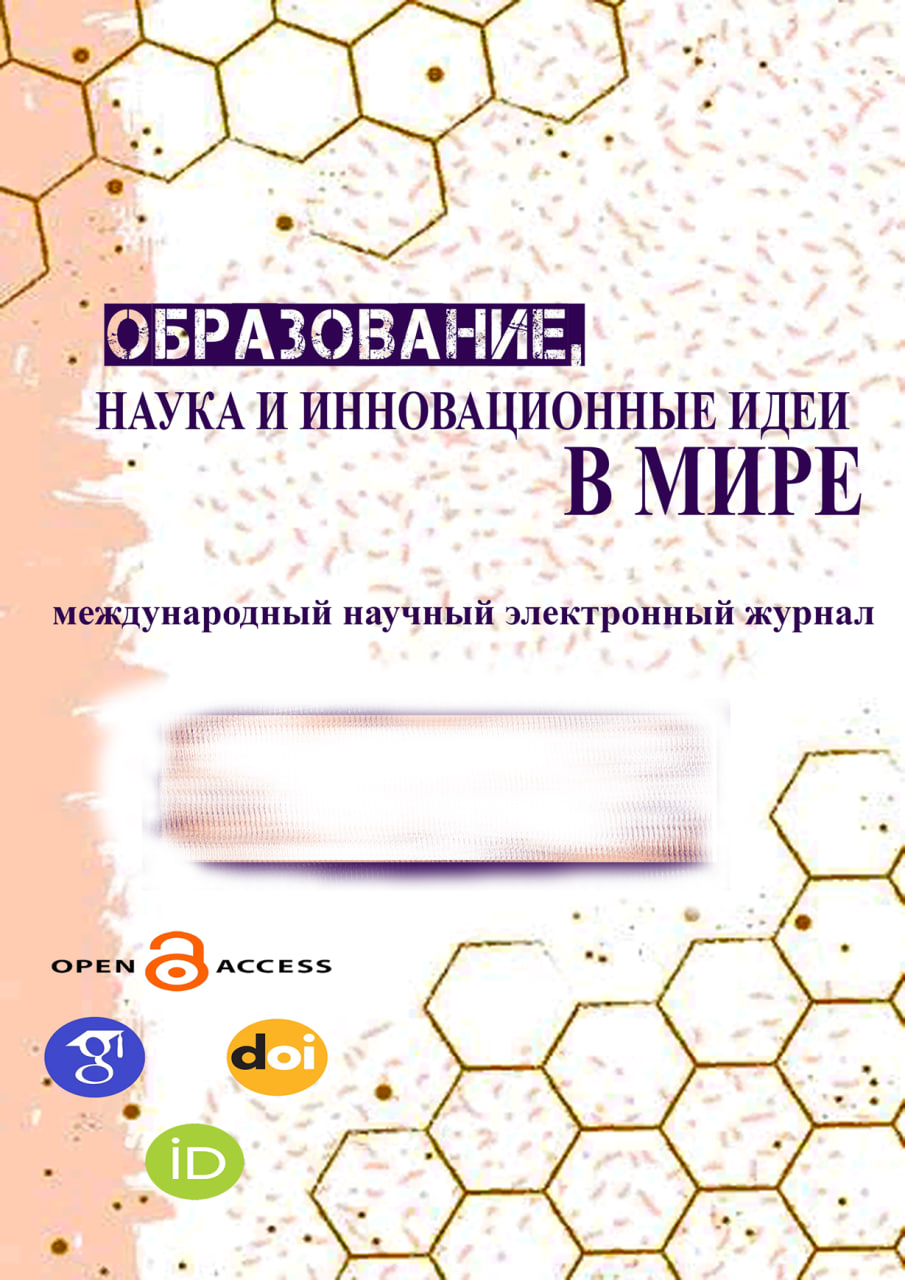TWO-FACTOR BIOMETRIC AUTHENTICATION SYSTEM
Keywords:
Keywords: information security, authentication, biometric, speaker recognition, fingerprint recognition, two- factor authentication, Diophantine equationsAbstract
The aim of the work is to develop a specialized service for two-factor authentication of users based on their biometric data namely unique physiological or behavioral person characteristics. This extended authentication method can be used in systems where data security is of particular importance, for example, in financial systems. Some types of biometric data used in modern security systems are discussed in the article namely voice and fingerprints, as well as methods for collecting and processing them. Biometric systems are analyzed, their advantages and disadvantages are considered. Such systems seem to be the most convenient for the user since they do not require additional memorization of any data or possession of physical objects. However, biometric systems are much more expensive for the owners of these systems. The risks of hacking biometric data assets were also noted. Considering the hardware power and avail- ability of interface software, as well as a wide audience of users of modern mobile devices, a mobile version of the two- factor biometric authentication service has been proposed. Fingerprint recognition is performed using standard Android OS tools – Biometric API. A method based on Linear Prediction Coefficients (LPC) is used for voice recognition. To apply of this service for authenticating of users by third-party applications special protocol has been developed. To prevent compromise of biometric data, an encryption method based on Diophantine equations is used.
References
References
Petrunenkov, A. Era biometriki [The Era of Biometrics]. Direktor informatsionnoy sluzhby [Director of In- formation Services], 2003, no. 12, December 24.
Istoriya biometrii: ot drevnosti do nachala XX veka [The history of biometrics: from antiquity to the begin- ning of the XX-th century]. Available at: https://worldvision.com. uk (accessed 13.02.2021).
Biometric data collection by country. Available at: https://www.comparitech.com (accessed 24.01.2021).
Jain, A. K. Ross, Arun, Prabhakar, Salil. An introduction to biometric recognition. IEEE Transactions on Circuits and Systems for Video Technology, 2004, vol. 14 (1), p. 4–20.
Kaspersky reports surge in cyber-attacks on selfies and others biometry. Biometric technology today. Janu- ary 2020. Available at: https://www.biometricstoday.com (accessed 15.03.2021).
Ometov, Aleksandr, Bezzateev, Sergey, Mäkitalo, Niko, Andreev, Sergey, Mikkonen, Tommi, Koucherya- vy, Yevgeni. Multi-Factor Authentication: A Survey, 2018.
Osipyan, V. O., Litvinov, K. I., Bagdasaryan, R. Kh., Lukashchik, E. P., Sinitsa, S. G., Zhuk, A. S. Devel- opment of information security system mathematical models by the solutions of the multigrade Diophantine equation systems. ACM Press, 2019, pp.1–8.
Quantized Convolutional Neural Networks for Mobile Devices. Available at: https://arxiv.org/abs/1512.06473 (accessed 24.02.2021).
Recognito: Text Independent Speaker Recognition in Java. Available at: https://github.com/amaurycrickx/recognito (accessed 16.02.2021).
Sabur, Ajibola Alim, Nahrul, Khair Alang Rashid. Some Commonly Used Speech Feature Extraction.
Algorithms From Natural to Artificial Intelligence – Algorithms and Applications, 2018.
Shor, P. Algorithms for Quantum Computation: Discrete Logarithms and Factoring. Foundations of Computer Science : Proceedings of the 35th Annual Symposium on – IEEE, 1994, pp. 124–134.
SOLDEEA – Encryption algorithm based on system of linear diophantine equations. Available at: https://github.com/CrissNamon/soldeea (accessed 12.04.2021).
Sushil, Phadke. The Importance of a Biometric Authentication System. The SIJ Transactions on Computer Science Engineering & its Applications (CSEA), 2013.
Yutaka, Sasaki. The truth of the F-measure. School of Computer Science. University of Manchester, 2007.
G. Suvarna, Kumar. Speaker recognition using GMM. International Journal of Engineering Science and Technology, 2010, vol. 2 (6), pp. 2428–2436.




